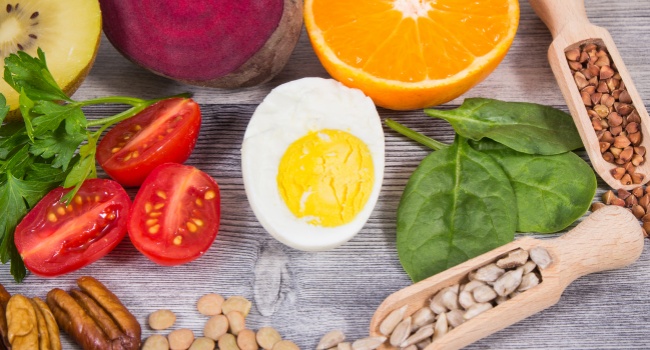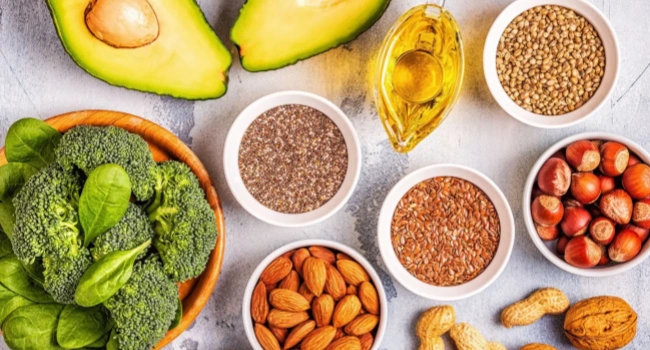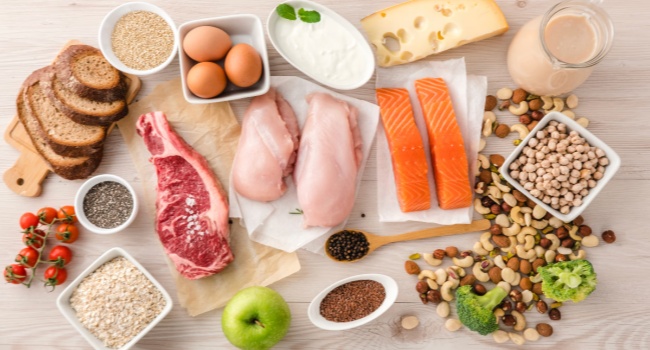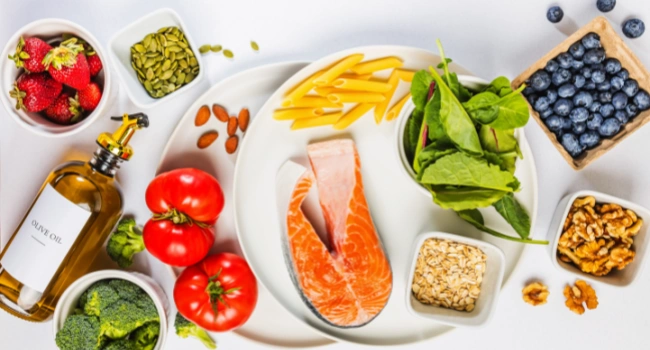One of the primary factors affecting nutritional bioavailability is the food matrix. Whole foods often contain a complex combination of nutrients, fibers, and phytochemicals that can either enhance or inhibit nutrient absorption. For instance, the presence of fat can improve the absorption of fat-soluble vitamins such as A, D, E, and K. Conversely, certain compounds in plant foods, like phytates found in grains and legumes, can bind minerals and reduce their bioavailability. Understanding these interactions can help individuals make more informed choices about their diets.
Cooking methods also play a critical role in enhancing or diminishing bioavailability. For example, steaming vegetables can help retain their nutrients better than boiling. Heat can break down cell walls in plant foods, making nutrients more accessible. Additionally, fermentation is another technique that can increase the bioavailability of certain nutrients, such as B vitamins and probiotics, by promoting beneficial microbial activity.

Another important aspect to consider is the balance of macronutrients in a meal. Consuming a variety of food groups can improve the overall nutrient absorption. For example, pairing vitamin C-rich foods, like oranges or bell peppers, with iron-rich plant foods, such as spinach or lentils, can enhance iron absorption. This synergistic effect highlights the importance of a well-rounded diet that combines different food sources to maximize nutrient uptake.
Individual factors, including age, health status, and gut health, can also influence nutritional bioavailability. For instance, older adults may have decreased stomach acid production, which can impact the absorption of certain nutrients. Similarly, individuals with gastrointestinal conditions may experience challenges in nutrient absorption.

Understanding these personal factors can guide dietary choices and supplementation needs.
Incorporating nutrient-dense foods into your meals is essential for enhancing bioavailability. Foods rich in antioxidants, healthy fats, and fiber can support overall nutrient absorption. Whole grains, nuts, seeds, fruits, and vegetables should be staples in any diet aimed at maximizing nutrient intake.
Nutritional bioavailability is a multi-faceted concept that emphasizes the importance of not just the nutrients themselves but also how they interact within our diets. By being mindful of food choices, cooking methods, and individual health factors, one can significantly improve nutrient absorption and overall health. Making informed dietary decisions can lead to a more effective and beneficial nutritional strategy.




